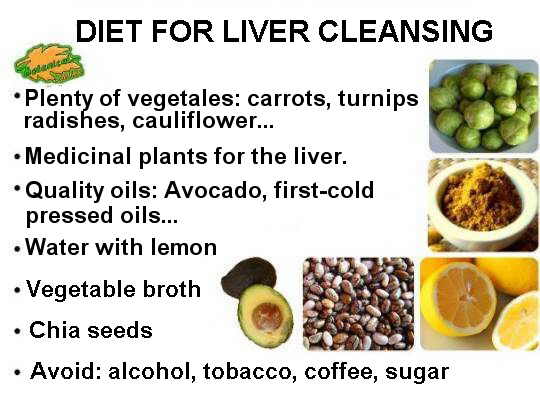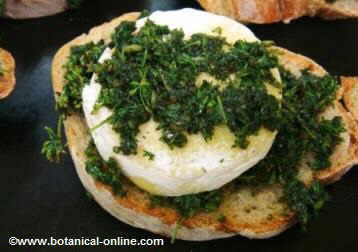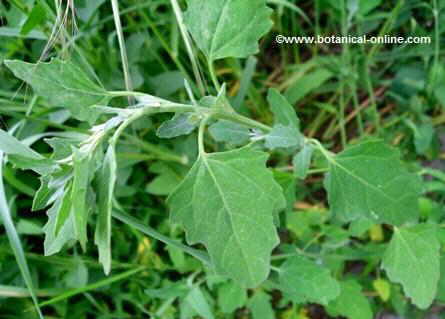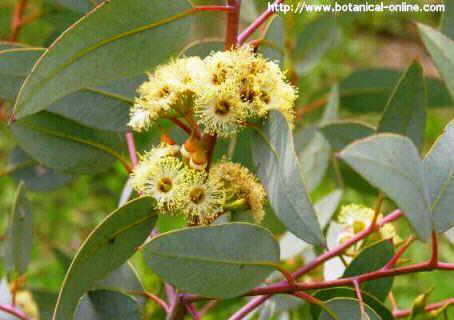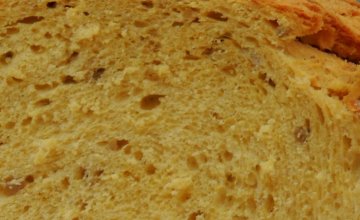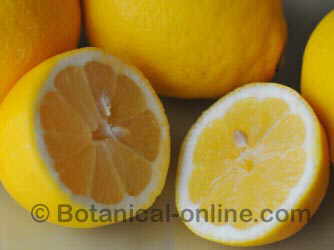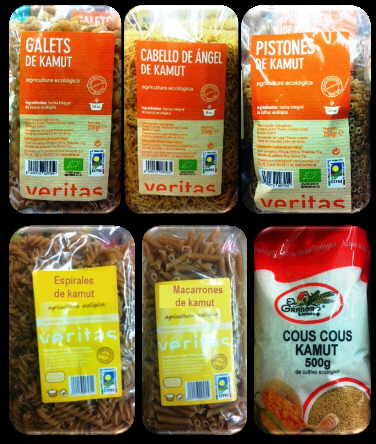Contents
- 1 Foods rich in plant sterols
- 1.1 What are plant stanols and what are they for?
- 1.2 How many phytosterols does the diet contain?
- 1.3 Foods with phytosterols: nutraceuticals and functional foods
- 1.4 Oils rich in phytosterols
- 1.5 Seeds or nuts rich in phytosterols
- 1.6 Other foods very rich in plant stanols
- 1.7 Foods with added phytosterols and phytostanols
- 1.8 Are functional foods with phytosterols recommended ?
- 1.9 Are these food supplements enough to lower cholesterol?
- 1.10 Do phytosterols interact with statins?
Foods rich in plant sterols
What are plant stanols and what are they for?
Plant sterols or phytosterols are a type of plant food components that, ingested on a regular basis, have properties to lower bad cholesterol levels.
How many phytosterols does the diet contain?
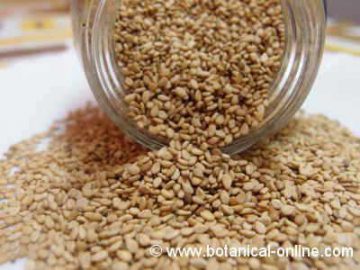
It is estimated that people ingest between 100 and 500 mg of phytosterols daily in the diet. However, this amount can vary considerably depending on the type of feeding.
For example, according to an article published in the journal ALAN “Efeitos therapeuticê dos dos fitosteróis e fitostanóis na cholesterolemia”, by S. Martins, H. Silva. and M. Kiyomi ito, the more presence of vegetables in the diet, especially oils, nuts and oilseeds, the greater the contribution of plant phytosterols.
Thus, the western diet usually contains 100-300 mg of phytosterols per day; Northern Europe 200-300 mg / day; and the vegetarian and Japanese diet between 300 and 450 mg a day.
Foods with phytosterols: nutraceuticals and functional foods
Currently foods that are rich in phytosterols are being studied as possible nutraceuticals, as they can become an aid to lower cholesterol.
There are also numerous products to which phytosterols are added, which are advertised as functional foods, beneficial for lowering cholesterol. These products usually contain a dose of phytosterols much higher than that of natural foods.
Oils rich in phytosterols
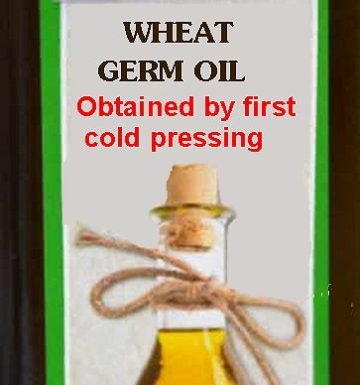
In order from highest to lowest phytosterols content, we find the following oils:
- Corn germ oil
- Sesame oil
- Wheat germ oil
- Safflower oil
- Cottonseed oil
- Soy oil
- Olive oil
- Peanut oil
- Sunflower oil
Seeds or nuts rich in phytosterols
Among them we have, for example:
- Corn germ
- Evening primrose seeds
- Sesame seeds
- Wheat germ
- Safflower
- Soy
- Walnuts
- Almonds
- Olives
- Peanuts
- Etc
Other foods very rich in plant stanols
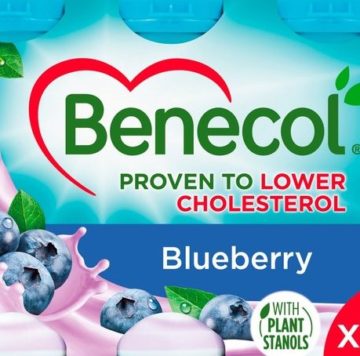
Among them we have, for example:
- Cherimoya: It is the food that contains more campesterol and stigmasterol
- Buckwheat: Another delicious food in campesterol and stigmasterol. Other foods with great richness in campesterol are garlic, onions, peppers, oranges, cucumbers, etc. Garlic, onions, soursop or cauliflower are also rich in stigmasterol.
- Wheat: It is the richest food in ergosterol. Other foods that contain this sterol are soy, lettuce, rice, dates and grapes.
- Walnuts: It is the richest food in campestanol and sitostanol. Another food that contains a lot of campestanol is oats:
Other foods rich in phytosterols are: hazelnuts, cucumbers, asparagus, chard, spinach, figs, raspberries, radishes, tomatoes, pistachios, carrots, melons, pomegranates or eggplants
Foods with added phytosterols and phytostanols
To increase the plant sterols content of foods, the food industry adds some of these components to foods such as yogurts, milk, margarines, etc. So, we find products such as Danacol, Benecol, etc.
Are functional foods with phytosterols recommended ?
In general, the best source of phytosterols in the diet are foods that are naturally high in healthy fats, such as nuts and oilseeds. These foods contain phytosterols, as well as other interesting nutrients for fat metabolism, such as vitamin E (fat antioxidant), fiber, magnesium, etc.
However, it is also true that through natural foods it is almost impossible to achieve the amount of phytosterols that contain functional products (with added phytosterols).
Are these food supplements enough to lower cholesterol?
These types of dietary supplements cannot lower cholesterol levels by themselves.
Now, it has been proven that these products work and help lower cholesterol when combined with a proper diet, rich in natural plant products (fruits, vegetables, nuts, whole grains, etc.) and poor in cholesterol-rich foods, plus the usual practice of a physical activity.
Do phytosterols interact with statins?
Natural foods with phytosterols or products with phytosterols do not interfere with the action of statins (cholesterol-lowering medications), since their mode of action is different.
![]() More information on phytosterols
More information on phytosterols
23 January, 2020

